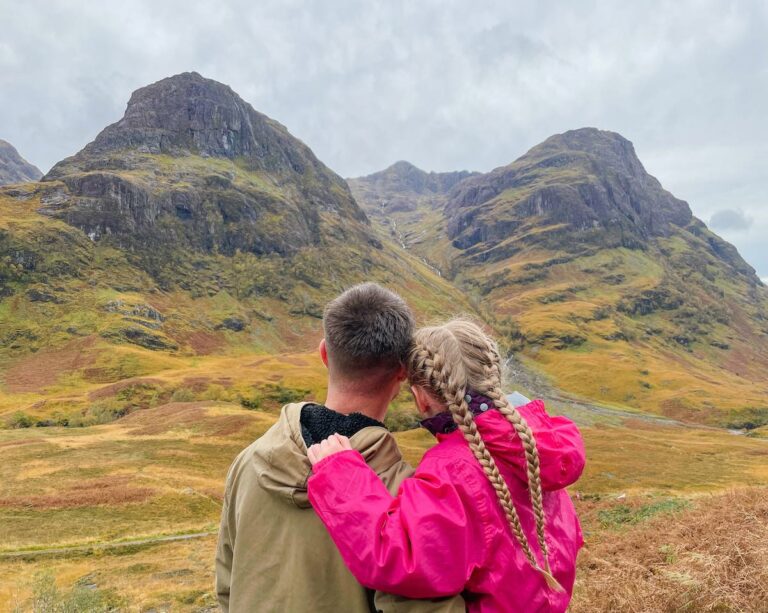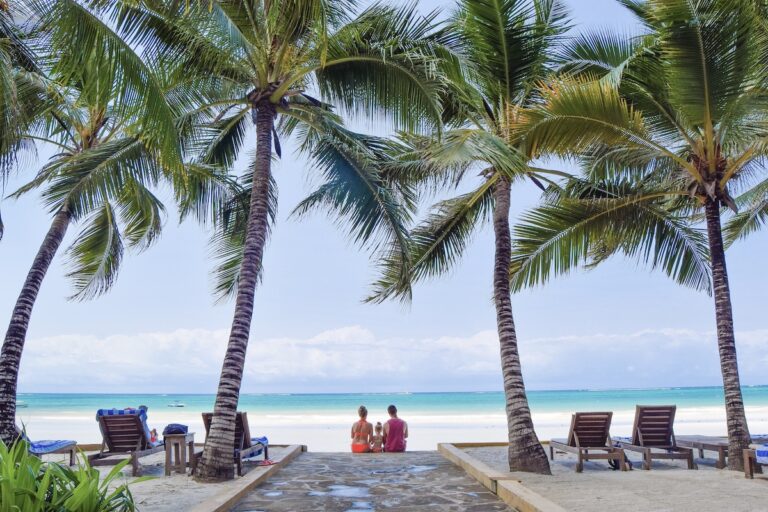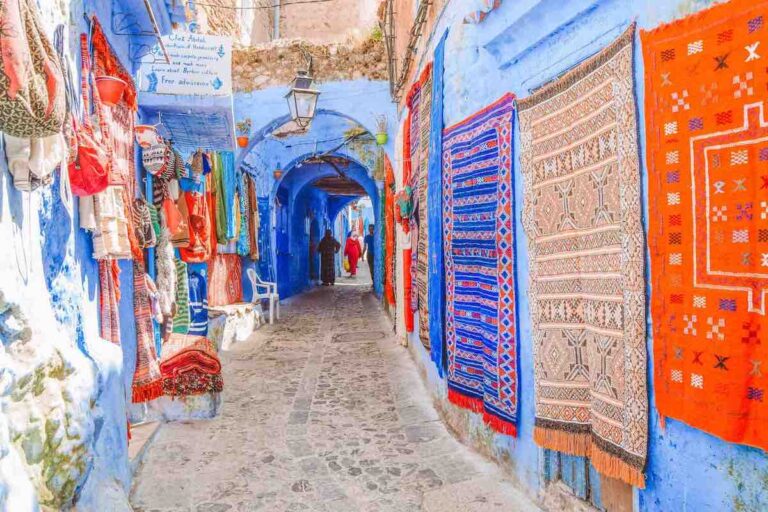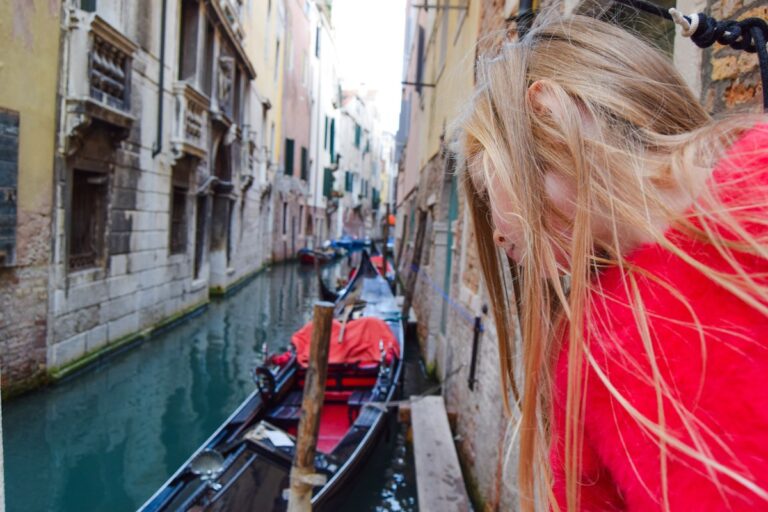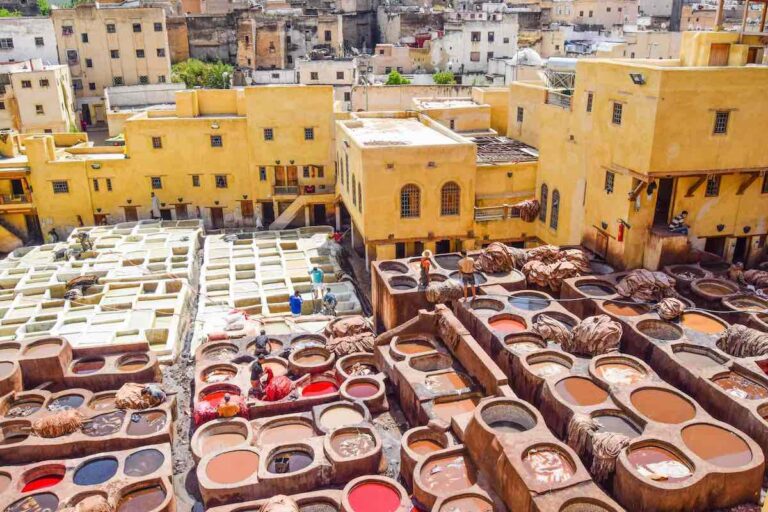Italy With Kids – Planning The Perfect Family Trip

Is Italy worth visiting?
If you and your family love slurping spaghetti, and eating pizza and gelato like we do, you’re already onto a winner travelling to Italy. This country has so much to offer visitors, including those travelling with children, with bustling cities, incredible mountains, spectacular beaches and lakes, vibrant towns and a good dollop of glamour and style with the most stunning shops. It’s a country you’ll want to visit again and again, just like we have, in order to explore a different and varied region of the country.

Is Italy safe for tourists?
In our experience, Italy is an extremely family-friendly destination, where we have always felt safe walking around sightseeing and welcomed by locals, who are accommodating and passionate about their home country. In some areas of Italy, we have found it to be more difficult with baby strollers, due to it being hilly, with lots of steps, however, if you are keen to experience these parts, then baby carriers are an option.

Best time to visit Italy
The Italian summer months of July and August, make for the perfect summer vacation period, if hot weather is what you desire and you’re close to water, ie, the sea, a lake or a swimming pool to cool down in. If site seeing is your preferred option of activities, then this time of year will likely be difficult, especially with children in tow, with temperatures often creeping up to 30° in some parts and crowds flocking to the popular areas, with it being peak season, not to mention peak prices.
We’d recommend travelling from April through to June when Spring is in its full glory, wildflowers are in bloom, temperatures are cooler, yet still pleasant and the hordes of summer tourists haven’t yet arrived. Places are quieter and prices are much cheaper. Bear in mind that early spring, although beautiful on the eye, often has sea and lake temperatures that are far too cold to swim in. Our kids did pluck up the courage to swim in the sea on the Amalfi Coast in April, however, it was absolutely freezing! Lake Garda at this time of year was bitterly cold and didn’t allow for anything more than a paddle up to the ankles.
For families wanting to enjoy some winter sports, the Italian Alps are the country’s prime skiing destination, with yearly snowfall and world-renowned ski resorts.


How to travel around Italy
Italy has a fantastic choice of transport options, suitable for every budget, with most areas of the country being accessible to travel to. Below we have broken down the main options, with the pros and cons of each, especially when travelling with kids.
Self Drive
Is it easy to drive in Italy? That’s a question many travellers have and in all honesty, it really depends on the area of Italy you plan to visit. Self-driving is our personal favourite means of transport on the whole, when visiting a new country, offering the freedom to go where you please, when you please, with the convenience of your child being strapped safely in a car seat. That being said, in Italy specifically, there are a considerable amount of places that are unsuitable to self-drive in, due to either the roads being too chaotic, too narrow, a lack of parking or pedestrian-only zones, which will make any trip stressful and less enjoyable if you’re stuck in a car.
If you are staying in a major city, it may be best to get around via public transport, due to there being ZTL zones ‘Zone a Traffico Limitato’ which means restricted zone to vehicles, where any vehicle entering the area will likely be fined. It may also cost a small fortune to park your car centrally, which we found in places like Florence and on the Amalfi coast in Positano, where we incurred parking fees of €15 per hour and a €10 booking fee. This has the potential to rack up your overall trip cost.
If on the other hand, you are travelling to more remote parts of the country, outside of the main cities, or prefer to find off-the-beaten-path locations, then you may be better off hiring a car, as public transport may not be available to get you to those areas. We also found it convenient to travel from one city to the next, in our hire car. We were able to stop off for breaks whenever we needed and it gave us more freedom than other forms of transport would, for example, the train.
Tips for driving in Italy
- You must have an IDL ‘International Driving Licence,’ issued by your home country, which will allow you to drive legally in Italy. These can be purchased for a small fee at a local post office in the UK.
- Bring with you your infant’s car seat, so you know they will be safe and comfortable, plus eliminate the cost of hiring one from the car rental company.
- Take pictures of your hire car on collection, before driving it, to have proof of any scratches or marks it may have, so the company doesn’t charge you for the damage if there is any when you return it.
- One-way drop-off fees normally apply when you pick up a hire car in a different city from where you drop it off, so factor this into the overall cost.
- Drive on the right-hand side whilst in Italy, opposite to the UK.
- In case of an emergency, call 112.
By private transfers
Not everyone feels safe driving abroad but wishes for the option to travel with the flexibility of a car. If this applies to you, then consider hiring a driver and paying for a private transfer to get you around in Italy. This option may be best for longer drives, for example, region to region, or city to city, then possibly using taxis or public transport to get you around within a specific area once you have arrived.
By bus
Buses have never been a form of transport we’d go with first off, due to us finding it rather long-winded waiting for them, stopping off at several stops along the way to get to the stop you need, not to mention, the inconvenience of having a wriggling baby or toddler on your lap, if you’re travelling with children. If however, you are eager to keep travel costs as low as possible and have enough time on your hands to wait for this form of transport, you’ll be pleased to know that Italy has a great network of buses, travelling both intercity and from one region to another. The main regional bus company is called Flexibus, where you can travel around the whole country via bus, with night bus options also being available at times.
By train
Although we’ve not travelled by train in Italy, we’ve heard many positive reviews from fellow travellers, choosing this transport option. Italy’s rail network stretches from the North all the way down to the South of the country, connecting all of the main cities together, as well as cities to nearby towns. The views of the rural countryside from onboard the trains are meant to be particularly impressive, and this form of transport allows you to sit back and relax, without having to do any navigating, along with having the option to stretch your legs when needed and keep children entertained with a walk around whilst on board.
By flight
If you wish to cover a large travel distance in a short amount of time, there is the option for internal flights, with most of Italy’s main cities having airports.
By boat
Many regions of Italy use boats as a main form of transport, from the Italian lakes of Garda and Como to Venice with its 26 miles of canals and right the way along the Mediterranean Coast. This we feel is a charming way to travel, often having the opportunity to see the Italian landscape from a very unique beautiful perspective.
In our opinion, the best way to travel in Morocco, is to mix it up a bit, taking different forms of transport for different legs of the journey, which we will now elaborate on. Our main criteria for travel with kids was aiming to keep travel time as short as possible, flexibility to stop off and go to suit us, and comfort for the whole group. For this reason, we decided to do the majority of our trip via self-drive and it was a fantastic decision and experience.

How best to explore regions in Italy
Amalfi Coast
We drove in this region and must admit it was extremely hair-raising, with the narrow roads clinging to cliff edges and buses bullying their way through the area. It obviously can be done as we are still here to tell the tale, but if you’re not a confident driver or prepared to spend money on expensive parking, then definitely factor in taking public buses, or boats, up and down the coast.
Italian Lakes
We explored this area by self-drive and it was incredible. The roads were good quality, with views to die for. Also, remember you can take boats around the lakes which connect the main towns.
Tuscany and Lazio
If you are basing yourself in one of the main cities, for example, Rome and Florence etc, you will be better off ditching the car and using public transport. The city centres have ZTL zones, which will mean having to park a hire car on the outskirts of the city. If you are planning on venturing out into the nearby Tuscan countryside, to some of the smaller towns and villages, then a hire car would be more convenient.
Cinque Terre
To visit this area it is best to either walk, travel by boat or train.
The Dolomites
Self-drive is best here, with incredibly scenic drives and good roads, but there is also the option to utilise the developed public transport on offer.
Puglia
Self-drive 100%, to visit all of the towns and beaches in this region.
Piedmont
Definitely explore this area by car, visiting the charming villages, and making wine in the region.
Sicily
We loved exploring this island via self-drive, but make sure you enquire with your accommodation as to parking, because in the main areas of Catania, Palermo and Taormina, parking can be difficult to find and patience is a must. Our accommodation organised a garage for us to park in, for a small daily fee.
Sardinia
Sardinia – Self-drive is best here, which will allow you to venture into the mountains and out to the smaller villages.

Italian food
Italy has to be the easiest country to travel to with kids when it comes to eating and keeping everyone’s tummies full. The tons of pizza, pasta, lasagne, mozzarella, bruschettas, and cannelloni on offer, will go down a treat and are very child-friendly, with no spice and deliciously fresh flavours. You can be out exploring in most towns and cities and don’t even need to sit down in a restaurant to have a bite to eat, but can easily get hold of some street food, picking up for example a huge slice of pizza from a small opening at a shop front. We often bought street food and ate it on the move, or sat on the beach to eat it, which most parents would agree is the perfect setting, compared to trying to entertain children in a restaurant. The same applies to gelato (ice cream) parlours, found all over the place, serving every flavour imaginable. We also loved the Italian Granitas (fresh lemon iced slush) as well as Cioccolato Caldo (thick hot chocolate). Honestly, any adult or child would be in their element with the food and drink on offer in Italy!
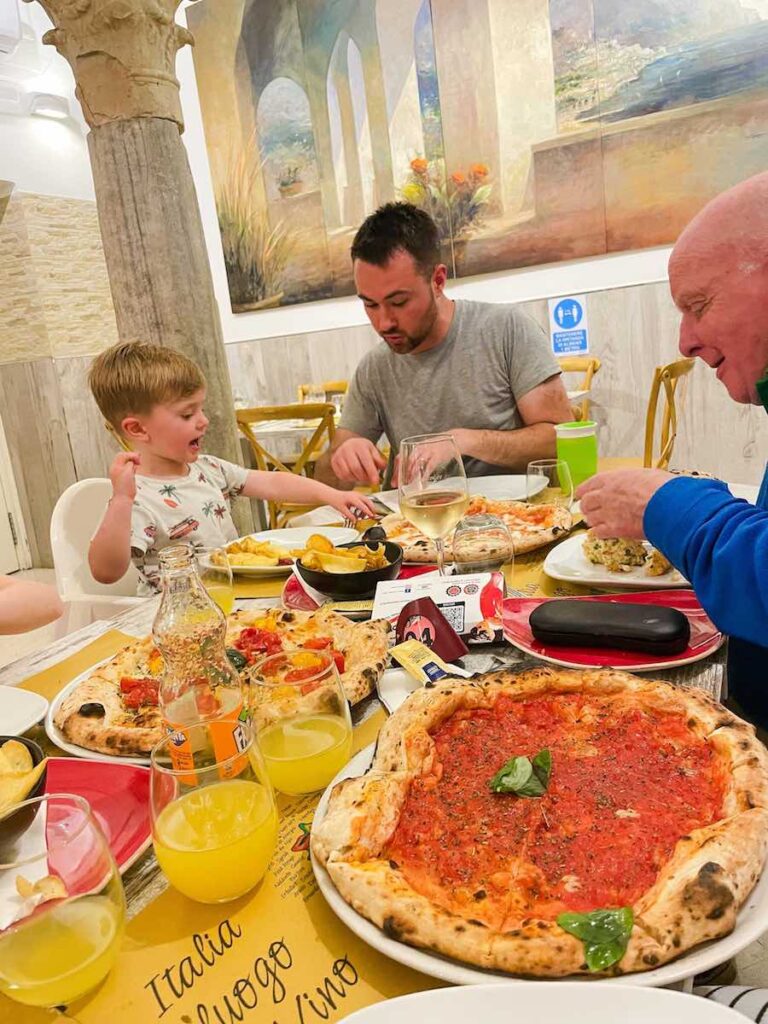

Italian accommodation
Take your pick from chain hotels, independent smaller hotels, B&B, AirBnb’s, hostels, self-catering apartments, or villas. Italy has a huge range of accommodation choices to suit travelling on any budget, with most being able to be booked online, in advance.
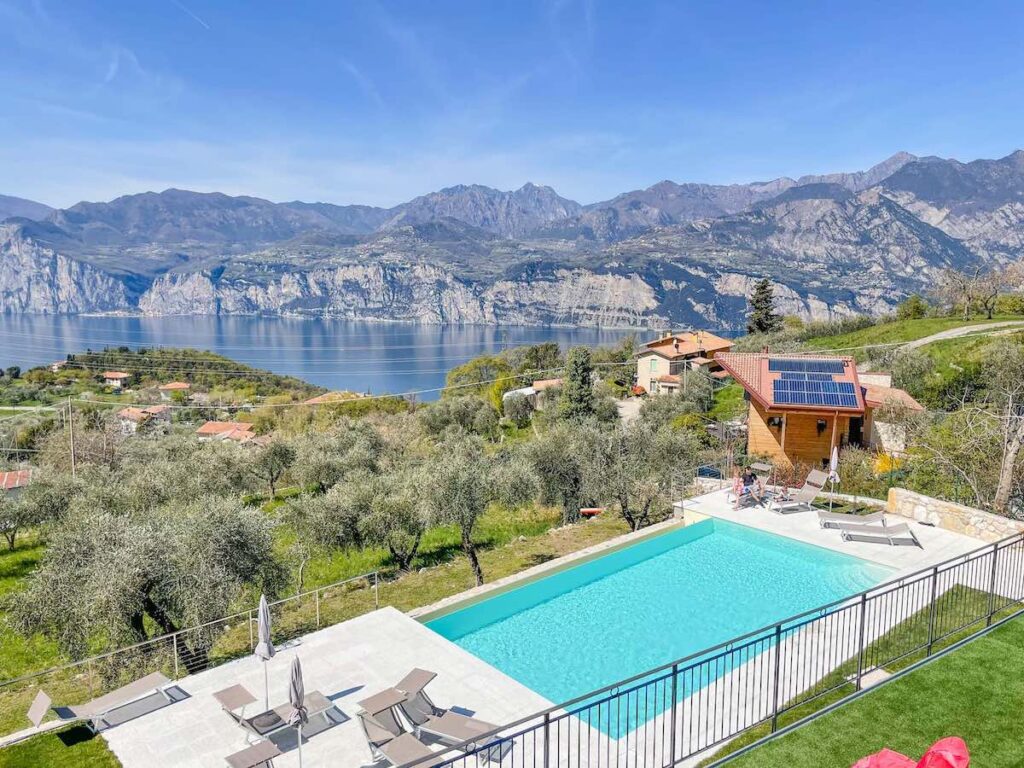
Language in Italy
Italian is the first language, with many locals also speaking some basic English, which we really appreciated. We’d say, aim to learn the five basic phrases you’ll most use, to be polite and show openness to their country: Hello – Ciao, Goodbye – Arrivederci, Please – Per favore, Thank you – Grazie, How much? – Quanto?

Best places to visit in Italy
Amalfi Coast
There is no denying it, this region is truly spectacular, with stunning towns clinging to the edges of the hills and mountains, where land meets the sea. As beautiful as it is, it has the potential to be rather tricky to navigate with young children, due to its hilly terrain and roads that take no prisoners, but if you are dying to visit like we were, there is always a way, and with some careful planning, it is definitely doable.
Click here to read Visiting Chefchaouen With Kids

Italian Lakes
Although we have only been to Lake Garda, this is probably our favourite destination in Italy and we can’t wait to return. First off, the scenery is breathtaking, where sparkling emerald green waters meet dramatic mountains. The roads are calm and well maintained and there’s an array of exciting child-friendly things to do as a family. If you crave time by the sea, you’ll be pleased to know that the lakes in Italy are so large, you could quite easily mistake them for the sea. The lakes are well equipped in summer, with beach areas, sun loungers, pedaloes and water sports.

Venice
This UNESCO World Heritage site is unique, to say the least, with 150 canals and 118 small islands, connected by small bridges and walkways. We found Venice to be mesmerisingly enchanting, and although we initially feared that all the water would pose a risk to travelling there with a young child (having to watch they didn’t fall in at every turn), it was actually a very exciting place to explore with children. We felt it was like a large adventure playground, with alleyways to discover, bridges to run across, taxi boats to ride on and colourful shops full of delicious treats.

Tuscany
IThe Tuscan landscape, filled with vibrant green rolling hills, deep golden fields and vineyards as far as the eye can see, is simply stunning. Plonk us in the middle of the Tuscan countryside in a private villa with a pool, and we’d be happy bunnies. The main cities, like Florence and Siena, through to the rustic hilltop towns of Civita de Bagnoregio and Poppi are so picturesque and romantic and make great days out if upping the pace is what you’re after.
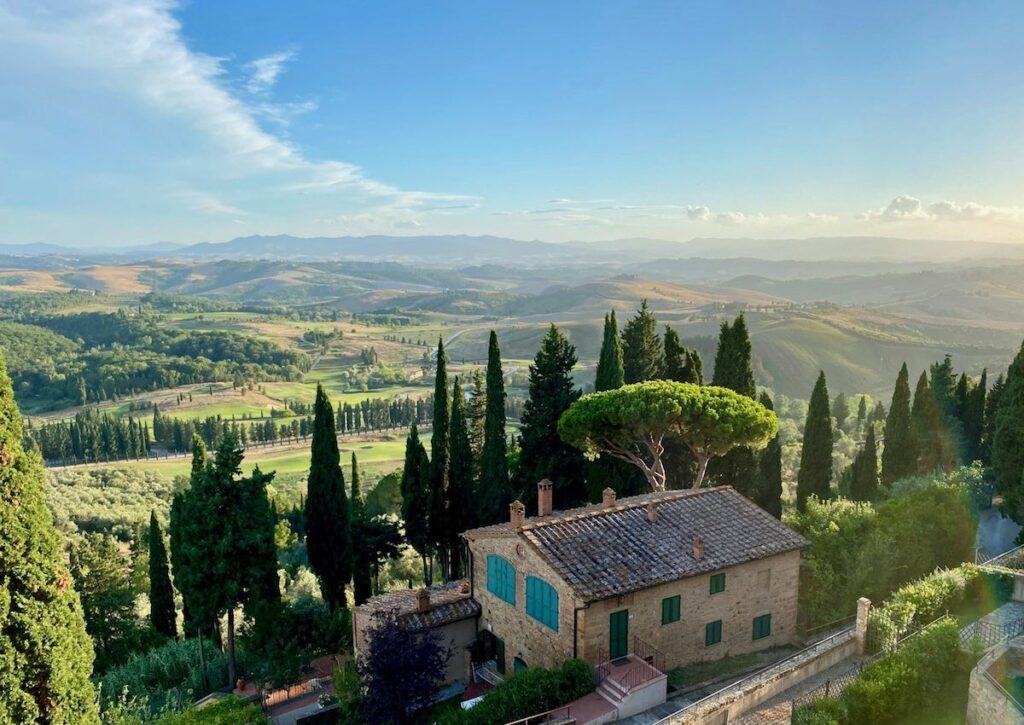
Dolomites
The jaw-dropping mountain range of Northern Italy, home to 18 grand peaks, which dramatically rise to over 3,000 meters, is any outdoor adventure enthusiast’s dream. It’s so unusual to the eye, that we think it could quite easily be mistaken for a landscape from another planet. It’s amongst one of the best places in the world to go skiing in the winter months and hiking in the summer months.
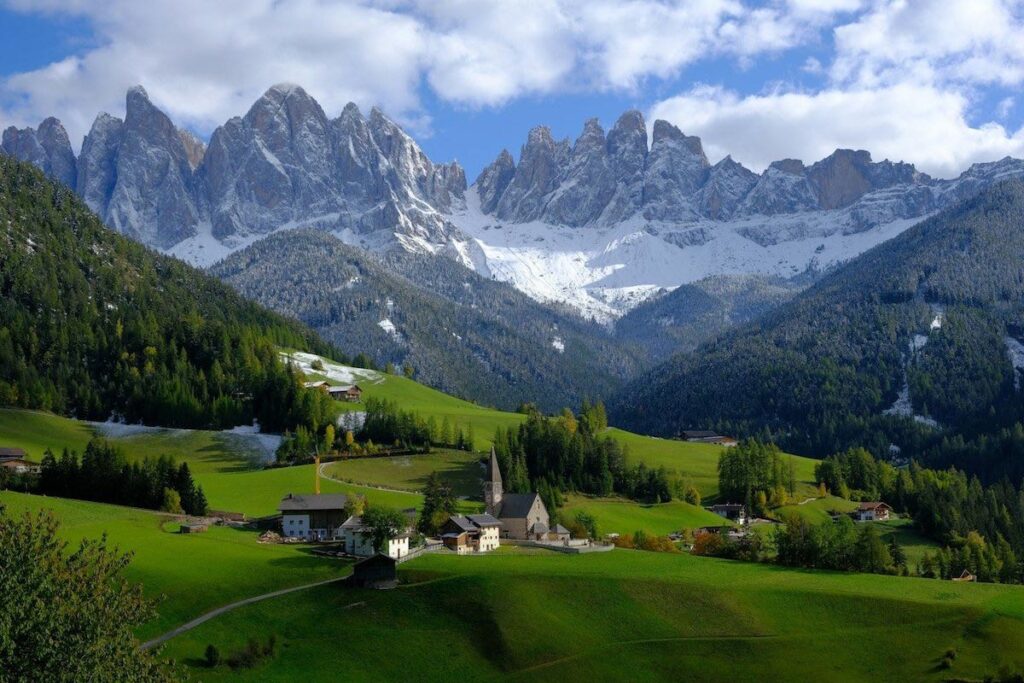
Our Italy road trip itinerary
Night 1: Lake Garda (Flew UK to Italy)
Night 2: Lake Garda (Relaxing / pool day / local play area)
Night 3: Lake Garda (Day trip to Riva Del Garda)
Night 4: Lake Garda (Morning trip to Jungle Adventure Park / Afternoon trip to Sermione)
Night 5: Lake Garda (Morning trip up Monte Baldo cable car / Afternoon trip to Malcesine)
Night 6: Tuscany (Left Lake Garda at 10 am and arrived in Tuscany at 3 pm)
Night 7: Tuscany (Day trip to Sienna)
Night 8: Tuscany (Day trip to Florence)
Night 9: Amalfi Coast (Left Tuscany at 10 am and arrived in Amalfi Coast at 6 pm)
Night 10: Amalfi Coast (Day trip to Maiori town and beach)
Night 11: Amalfi Coast (Day trip to Ravello / Villa Cimbrone gardens)
Night 12: Amalfi Coast (Day trip to Pompeii)
Night 13: Amalfi Coast (Day trip to Positano town/beach)
Night 14: Amalfi Coast (Day trip to Amalfi town/beach)
Night 15: Amalfi Coast (Day trip to Salerno)
Night 16: Amalfi Coast (Day trip to Minori)
Day 17: (Flew Italy to UK)

